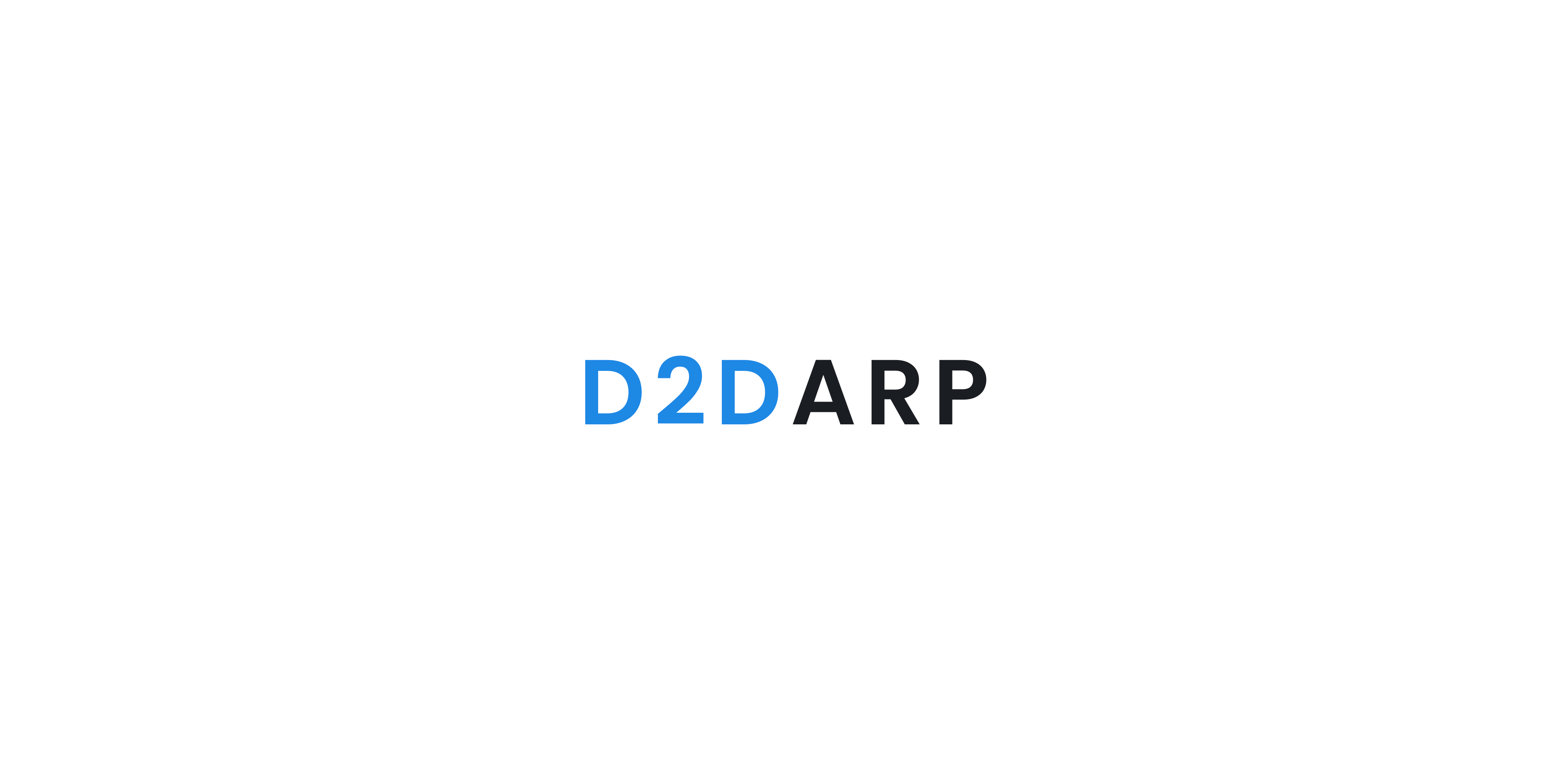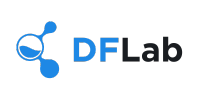
D2DARP: A Decentralised System to Keep Device-Device Connected Securely
At DFLab, we are constantly striving to research and innovate in data privacy. During our project development, we encountered a significant challenge: ensuring that devices can locate and communicate with each other over the internet or in a decentralised environment, even when their IP addresses change. This challenge inspired us to create an innovative solution known as the Device-to-Device Decentralised Address Resolution Protocol, or D2DARP.
The Problem with Traditional Solutions
In today’s world, devices like computers, smartphones, and smart home IoT (like smart fridge, Alexa, etc.) often get new addresses when they connect to the internet, especially when your internet provider updates your IP address. This usually happens in the background, unnoticed, and doesn’t affect everyday activities like browsing the web, playing video games, or streaming movies and music.
However, for people who want to access their home network remotely—whether to retrieve important files, access media, or share files with friends—changing IP addresses can be a problem. To manage these changes, people use services called Dynamic DNS (DDNS).
But these services often come with their own set of issues:
- Reliance on Third Parties
Most DDNS services are run by external companies, which means you have to trust them with your sensitive IP address data. - Security Issues
These services often don’t have strong security measures, making it easier for hackers to access your data. - Complex Setup
Setting up traditional DDNS can be complicated and might require you to configure your home network’s router.
So… our solution is: D2DARP
To address these issues, we conceptualised and developed D2DARP, which offers a secure and private way to keep devices connected in a decentralised environment without relying on third-party services.
How It Works
Here’s how D2DARP works, using an analogy.
You live in a house and own a hidden lodge (with a housekeeper) in the woods.
When you move your house to a new spot in the woods, you tell the housekeeper at your hidden lodge your new address and a list of people who are allowed to know the new address. The address you provide is encrypted so that only authorised people can decrypt and know the actual location. Even the housekeeper wouldn’t be able to know where you live.
Your friends want to visit you for a housewarming. Because you live in the woods and don’t have great reception, they ask the town council for your address. The council doesn’t know where you live either, so they check with your housekeeper at the hidden lodge to see if these friends are even allowed to ask and know your location.
If your friends are authorised, the council gives them your new address, which is encrypted, so they can decrypt it and visit your new house. If they’re not authorised, the housekeeper gives the council a fake address, ensuring that only trusted people can find you.
Your hidden lodge and real home address remain a secret. The housekeeper at the lodge and the council only share your location with trusted people, keeping your spot in the woods safe and private.
All this happens behind the scenes, making it very hard for outsiders to see or access your address. Your hidden lodge stays hidden from public access, providing an extra layer of security.
What’s Next?
We are excited about the potential of D2DARP and are working on implementing it in various real-world scenarios, from homes to businesses. We plan to test it in different environments to ensure it works efficiently and securely for everyone.
At DFLab, we believe that D2DARP is a significant step forward in keeping your devices connected in decentralised environments and your data secure. We look forward to sharing more updates with you as we continue to innovate and improve this technology.
Stay tuned for more updates on D2DARP and our ongoing projects!
